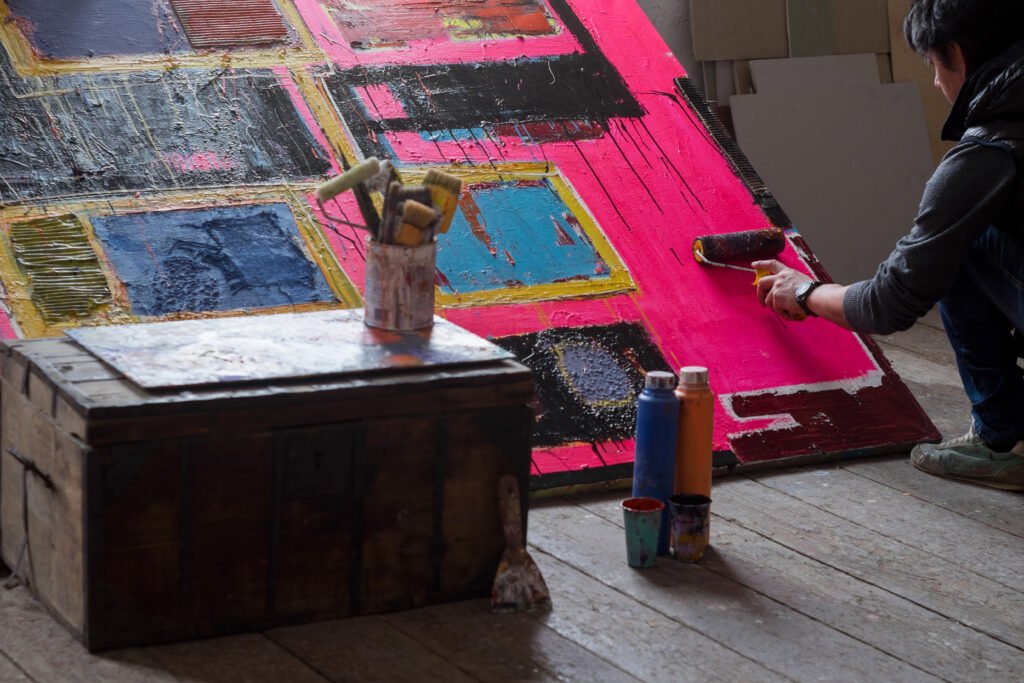We can view Latin American art with reception theory. It requires observing less of “what it is.” We must see more of “how it is read.” This happens in different circuits. Since the 1980s, audience expectations have shifted. The region moved from a place of exoticism. It became one of critical language production. Curators like Mari Carmen Ramírez were important. So was Gerardo Mosquera. They highlighted colonial frameworks in exhibitions. These shows often folklorized difference. They proposed new ways to reposition the continent’s art.
A milestone of this shift was the Havana Biennial. The 1986 edition expanded its scope. It became “tricontinental.” It connected Latin America, Africa, and Asia. Thus, it also tested a new curatorial research model. This model focused on South-South dialogue. Havana emphasized local contexts and dialogues. It did not validate works by Western standards. This changed the grammar of reception. It was not about celebrating a “picturesque Other.” It was about building critical platforms. So, it also built alternative circulation networks.
International circulation and Documenta 11
In the hegemonic circuit, Documenta 11 (2002), directed by Okwui Enwezor, consolidated a “post-north” paradigm based on five debate platforms that dissolved the exclusive centrality of the exhibition and invited audiences to read works through geopolitical and postcolonial lenses. This curatorial architecture reconfigured the reading pact between artwork and spectator, making reception processual, distributed, and discursive.

Ruína Talavera II, 2021
Oil on aluminum and polyurethane, 362 × 180 × 180 cm
Exhibited at Fortes D’Aloia & Gabriel (International Contemporary Gallery
Exhibitions like “Inverted Utopias” (MFAH, 2004) and Mosquera’s critique of the “Marco Polo syndrome” shifted the international gaze from exotic curiosity to recognition of the region’s critical production. Simultaneously, institutions like MoMA and Tate Modern implemented specialized research, acquisition, and curatorial programs, strengthening the global presence of Latin American art.
Artistic strategies and “didactics of liberation”
In terms of artistic language, global reception valued pedagogical conceptualism, participatory processes, and translations between local knowledge and universal debates. Luis Camnitzer described this field as “didactics of liberation”: more than a style, a strategic use of art to intervene in public space and re-educate ways of seeing.
Projects such as “Radical Women: Latin American Art, 1960–1985” created visual archives that articulate performativity, body politics, and technical experimentation, redirecting the audience’s gaze and consolidating new interpretive expectations. Decolonial critique reinforced reading Latin American production as practices of sensitive disobedience, translating regimes of perception and shifting aesthetic authority.
Global recognition of Latin American contemporary art
In short, Latin American contemporary art gained global recognition because curatorial devices, exhibitions, institutional programs, and critical discourse shifted focus from exoticism to shared debates on coloniality, gender, state violence, race, and ecologies. The region’s work achieved public intelligibility as situated visual thought, capable of dialoguing with diverse communities without renouncing its local roots.



